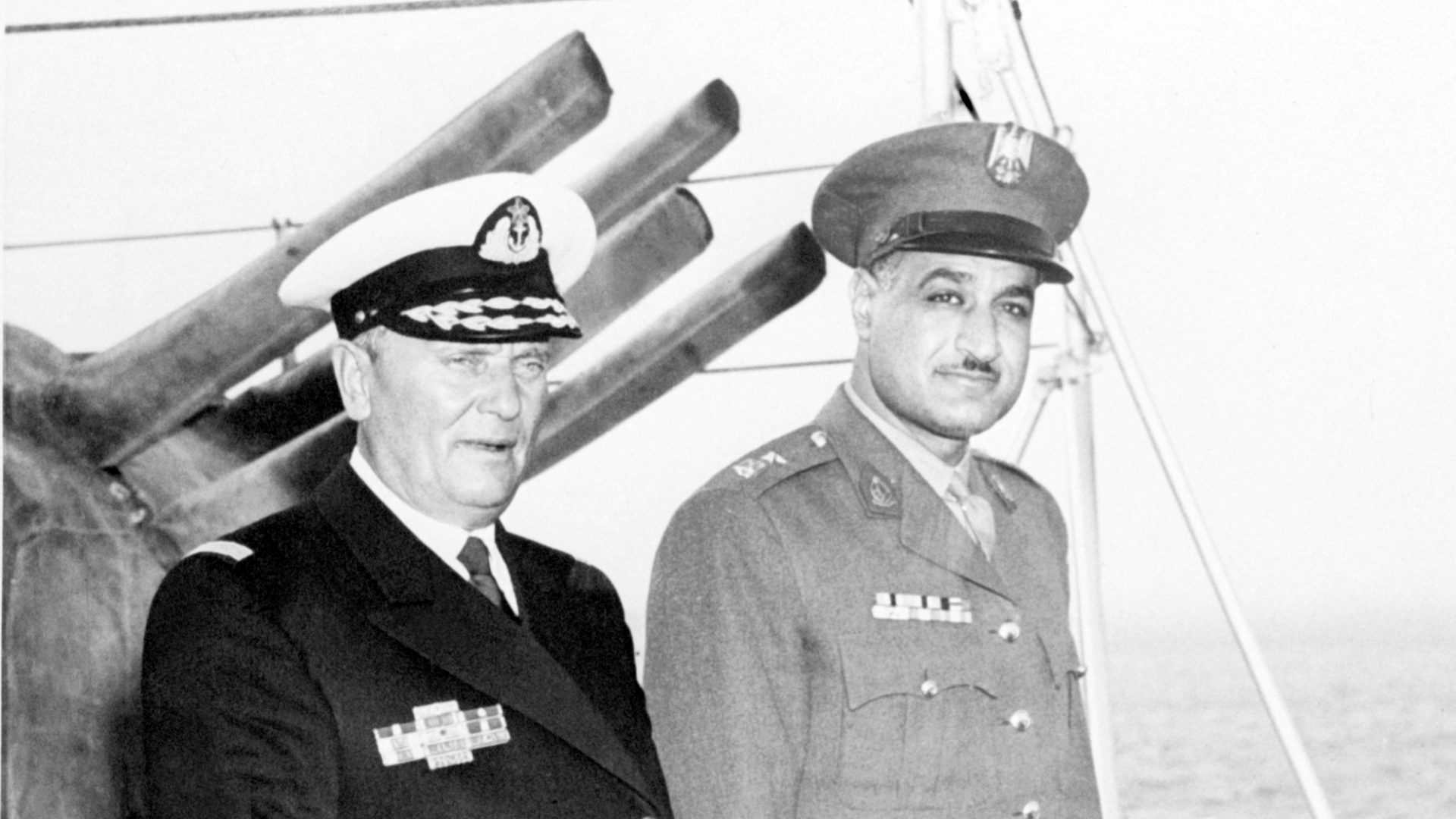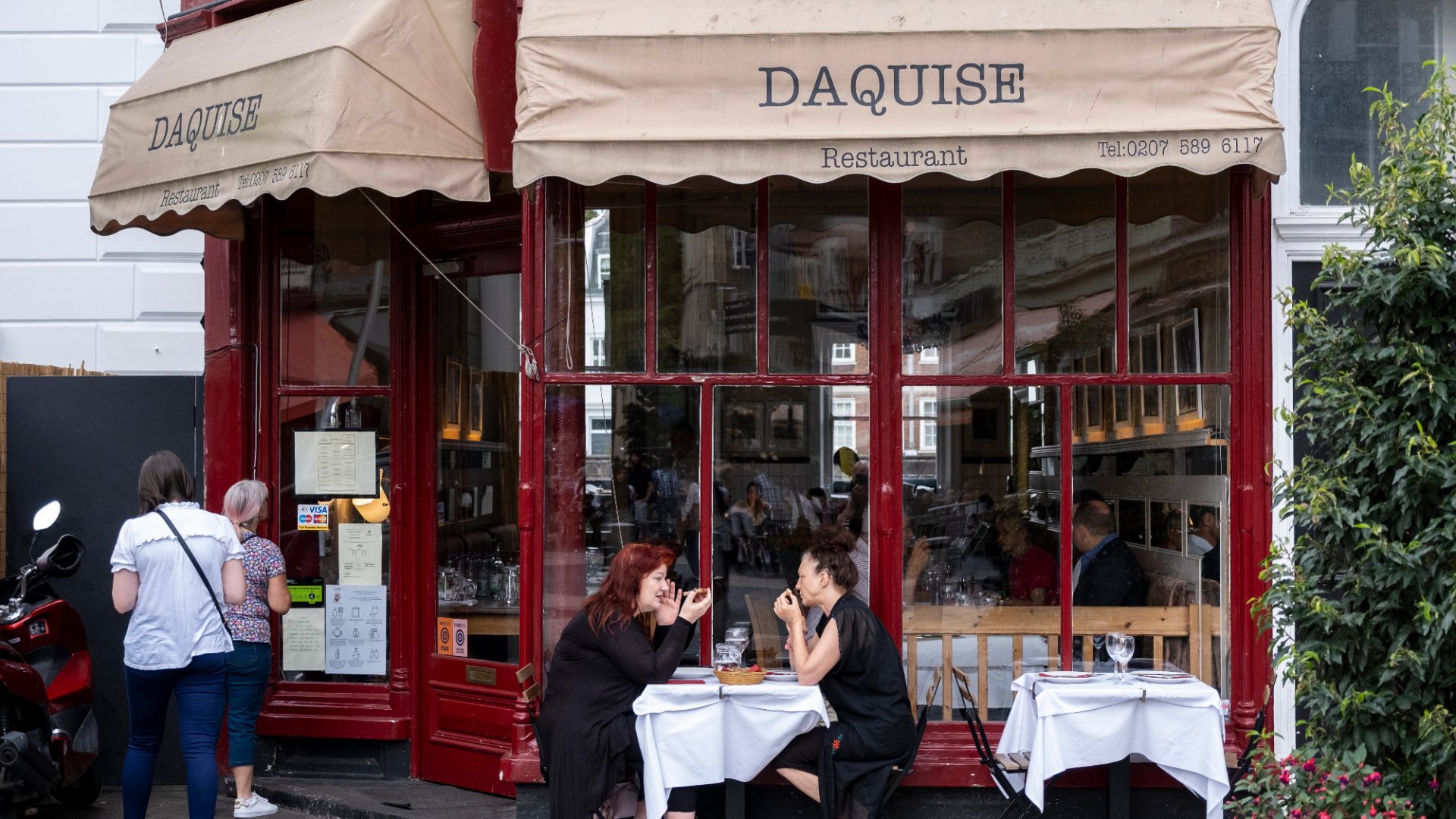The story of a ship does not sound like a compelling subject for a film – unless that ship is the Titanic. But that does a disservice to David Lušičić’s Galeb (The Seagull).
In mid-August, Galeb had its international premiere at the 30th Sarajevo Film Festival. The documentary essay tells the story of a 5,100-ton, 350ft vessel with a complex and colourful history.
What is remarkable about the Galeb is its endurance through turbulent times. Built in Genoa in 1938, it was originally named RAMB III and used to transport bananas between Europe and Africa.
At the beginning of the second world war, the Italian navy operated the ship through the Adriatic and Mediterranean. While anchored at the Libyan port of Benghazi, a torpedo from a British submarine struck RAMB III. Crippled, it subsequently fell into the hands of the Nazis, who renamed it Kiebitz.
Then, in early November 1944, a reversal. A British bomber sank Kiebitz in Rijeka, a port city in the northern Adriatic Sea. It stayed there for three years until the ship, then in the territory of Yugoslavia, was raised from the bottom of the sea.
In the nearby city of Pula, it was given a plush new interior and renamed Galeb. Originally used to train sailors in the Yugoslavian navy, it set out on its maiden international voyage in early March 1953, just days after the death of Joseph Stalin.
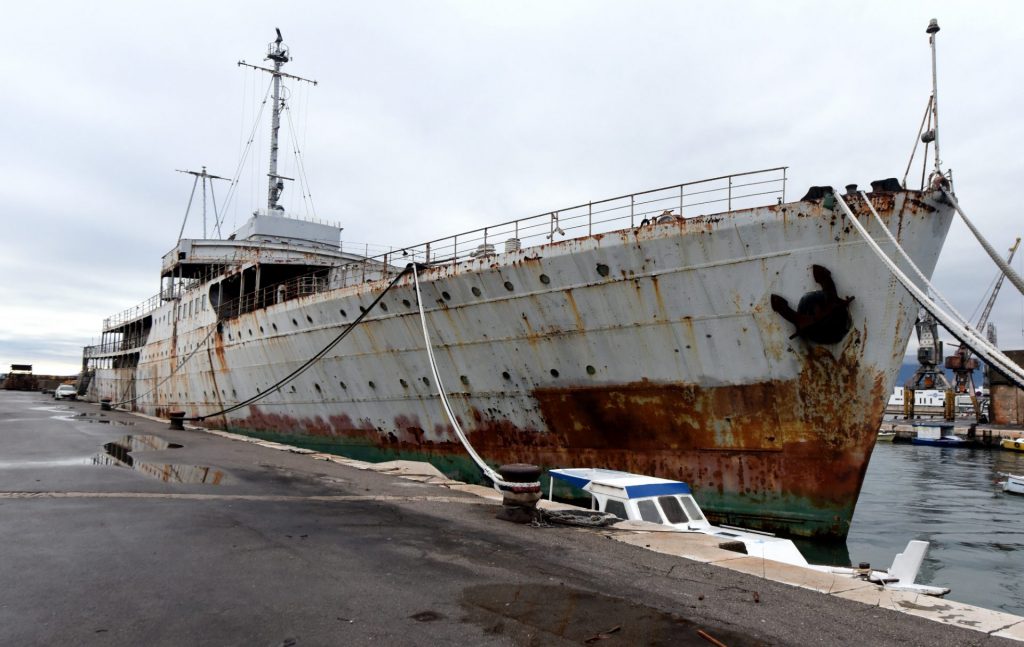
On March 16, 1953, the Yugoslav president, Marshal Josip Broz Tito, was greeted in Westminster by Winston Churchill, nearing the end of his final spell as prime minister. “Tito [became] the first communist head of state to visit [Britain],” the BBC reported that day. “He arrived from Yugoslavia by sea in the naval vessel Galeb (Seagull) and was brought up river under Royal Navy escort.”
The five-day visit marked a new era of diplomatic relations for the Socialist Federal Republic of Yugoslavia, which officially declared its constitution in January 1946, following a long battle with fascism during the partisan war. It initially looked as though Yugoslavia (a one-party, multi-ethnic federation, made up of six republics) would form lasting relations with Moscow. Tito, after all, had based Yugoslavia’s constitution on the Soviet constitution. The Soviets had also supplied Yugoslavia with substantial economic and military aid that helped win its independence.
But Tito’s insistence that Yugoslavia would shape its own destiny caused relations with Stalin to sour. This eventually led to the Soviet-Yugoslav split of June 1948.
Tito subsequently turned to the west for economic and military assistance. He also built international alliances with countries in the global south, who wanted to stand apart from the east-west superpower divisions that dominated the early years of the cold war.
This was the guiding principle of the Non-Aligned Movement, whose first formal summit was held in Yugoslavia’s capital, Belgrade, in September 1961. The 25 countries in attendance focused on an anti-imperial, post-colonial, peaceful agenda. Practical political realities were, of course, another matter.
Still, Yugoslavia – surrounded by seven states, two of which were in Nato and three in the Warsaw Pact – reaped many benefits from joining. Especially Tito, who helped to found the Non-Aligned Movement, subsequently becoming its unofficial leader.
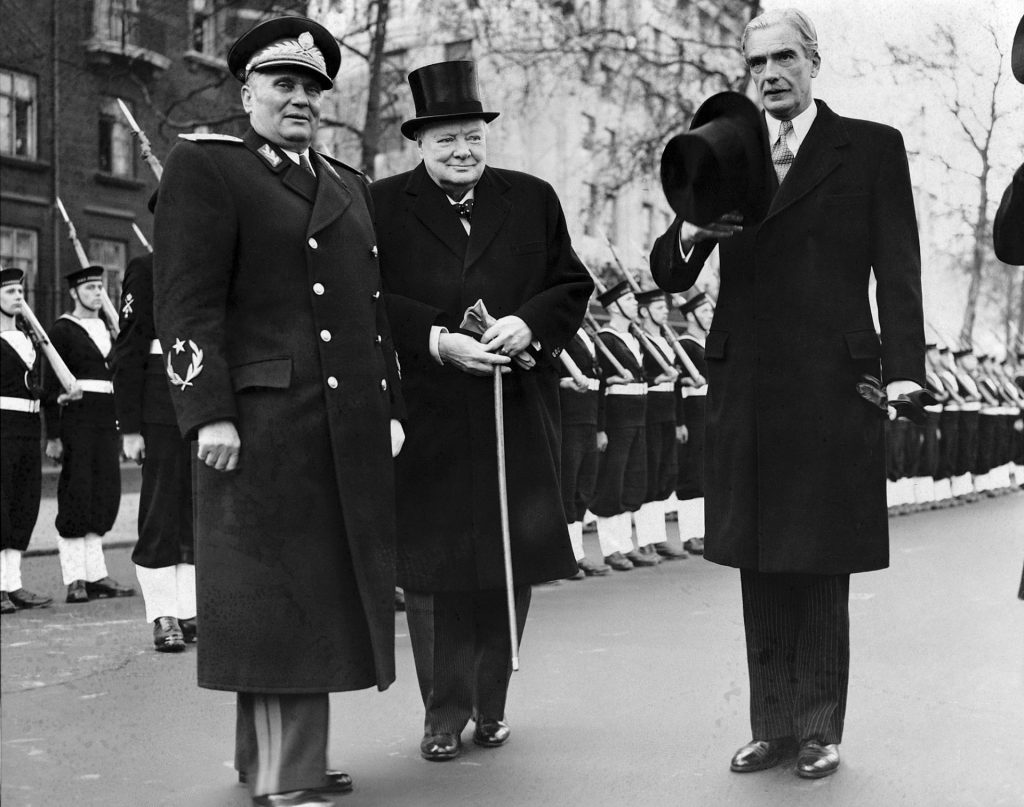
When the US president, John F Kennedy, hosted Tito at the White House in October 1963, he told him: “You have had an extraordinary career in war and in peace, and while there are differences in viewpoint which separate our governments, nevertheless, this administration [believes] strongly in the independence of your country.”
Tito was keen to cultivate this image of himself as a statesman of international importance. Galeb played a vital role in helping to export that idea to the world.
Over a period of nearly three decades, Tito is said to have spent an estimated 500 days on the vessel. The 14 journeys he embarked on visited 18 countries on three continents, covering a distance of 85,000 nautical miles.
Any guest who came aboard Galeb was wined, dined, entertained, and usually seduced by Tito’s legendary charm and charisma. The star visitors included the Ethiopian Emperor, Haile Selassie, Romanian president Nicolae Ceauşescu, Libyan leader Muammar Gaddafi, and a host of Hollywood celebrities including Sophia Loren, Elizabeth Taylor and Richard Burton.
Galeb would informally become known as Tito’s Peace Ship. In 1973, the Yugoslav president even made the shortlist for the Nobel Peace Prize.
In March of that year, the chairman of the Soviet Peace Committee, Nikolai Tikhonov, told the Soviet Communist Party newspaper, Pravda, that Tito should be given the Nobel Peace Prize because he constantly “comes out on the side of peace-loving forces who are struggling for freedom, independence and security”.
Stojan Kljajic shared that view. He was the last officer to work on Galeb and narrates the main story being told in Lušičić’s documentary. “There were no left or right divisions on the ship, everyone did their job, a bit like Yugoslavia,” Kljajic tells us in the documentary, with a certain amount of biased, rose-tinted nostalgia.
Tito took his last voyage on Galeb in 1979, sailing 93 miles from Zadar, a city with Roman and Venetian roots on the Dalmatian coast, to Rab, a Croatian island in the Adriatic Sea. Tito was then in failing health. He died aged 88 on May 4, 1980. The supreme state and party authorities in Yugoslavia were informed of the news with the coded phrase: “the match is cancelled”.
Yugoslavia’s national debt then stood at $21bn. Still, during the three and a half decades he ruled Yugoslavia, Tito achieved a great deal. Self-managed socialism raised the living standard of most Yugoslavs, who also enjoyed the freedom to travel.
Yet there was no freedom of speech, freedom of the press, and no free and fair elections. The same year Kennedy was singing Tito’s praises in Washington, the Yugoslav federal parliament adopted a new constitution that made Marshal Tito president for life.
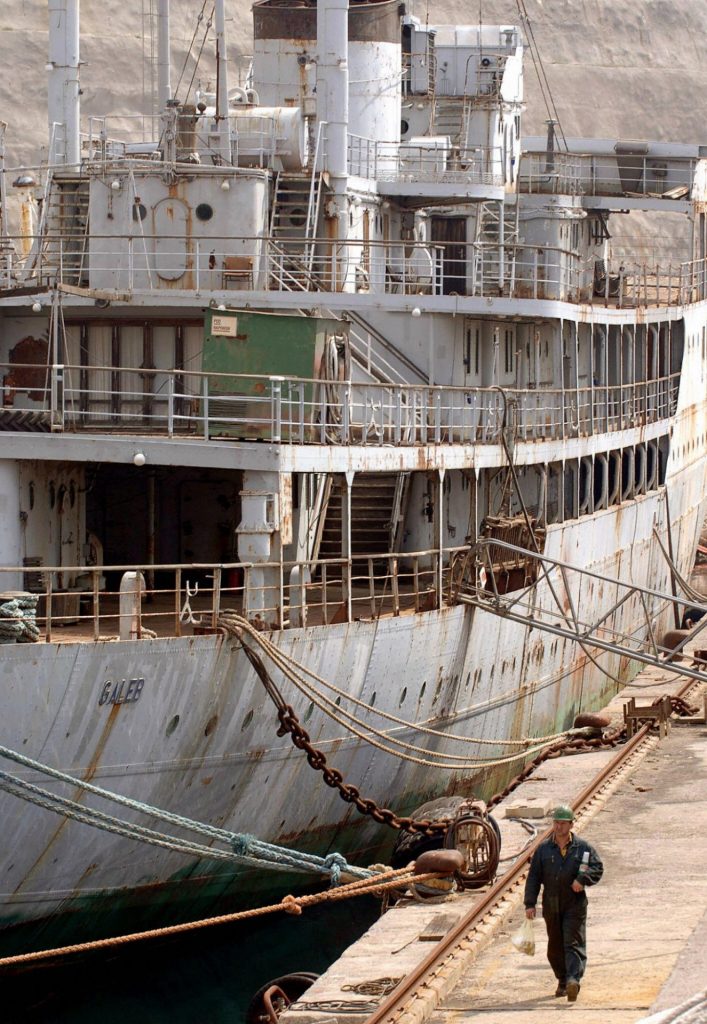
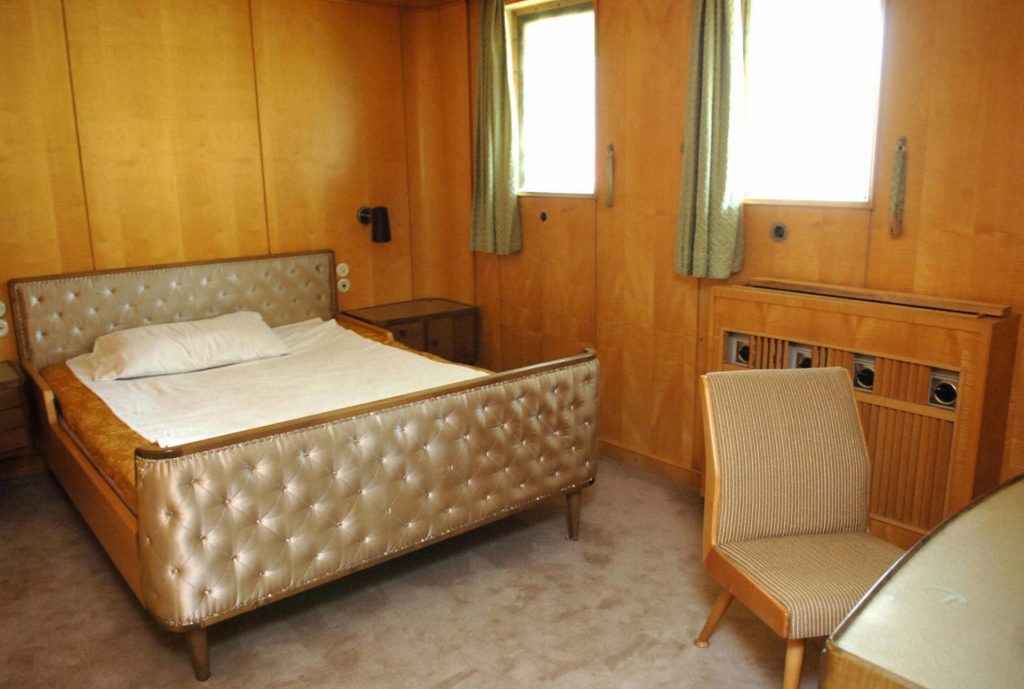
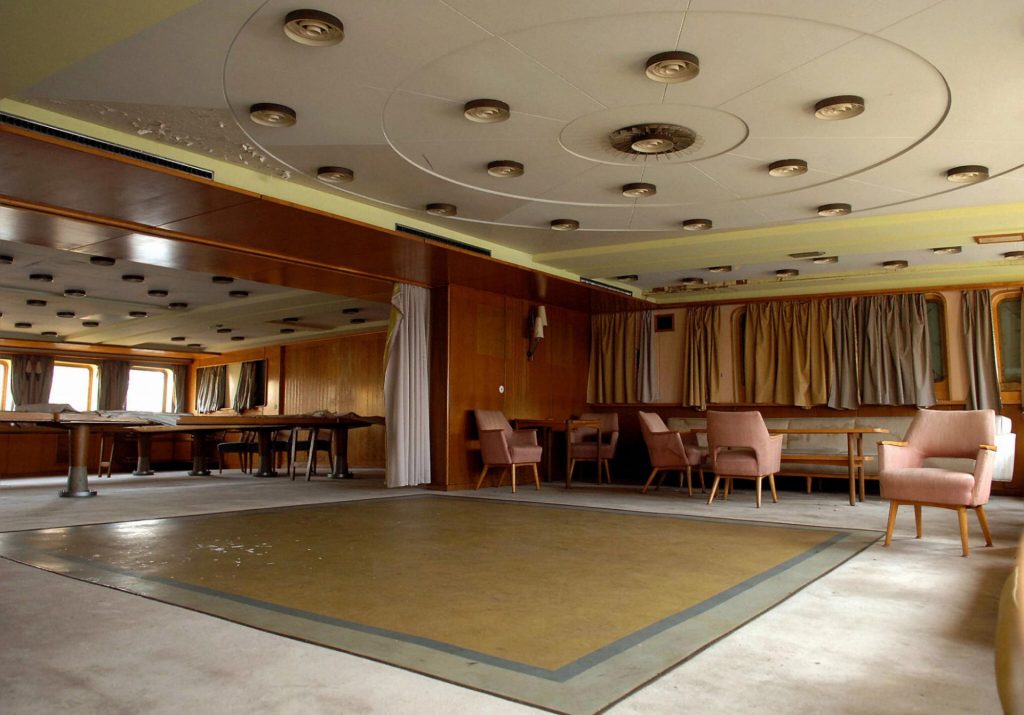
A decade after Tito’s death, as Yugoslavia broke apart – via several separate but related ethnic conflicts – Galeb relocated to Montenegro. Eventually, it wound up back in the hands of the Croatian state, which purchased it for $150,000, and it was officially declared part of the country’s cultural heritage.
Today, the rusted and ruined ship is in Lušičić’s home city, Rijeka. In the coming months, it will become a floating museum that honours Tito’s life and legacy.
This story inspired Lušičić to start filming. But he wasn’t interested in making a standard historical documentary. Instead, the Croatian film-maker wanted to give the audience a feeling of being on the ship in real time, while talking about its past glories.
“The sound of machines you hear throughout the film is meant to recreate this reconstruction of the ship and also give this constant feeling of movement,” said Lušičić, an independent director and producer who has previously directed one full feature film, Mlungu/The White King (2022) and several short films, including Faceless (2020) and Closing Time (2019).
Today, for many in Croatia, the mere mention of Tito’s name opens up historical wounds. “In Rijeka, Croatian nationalists on the conservative right, who hate the idea of Yugoslavia, would like to see the ship dropped to the bottom of the sea once again,” Lušičić explained. “While the other 50% of the city’s population, who back the project, identify as Yugoslavians and don’t care about Croatian identity.”
Lušičić’s sympathies clearly lie with the latter group. But his artistic impulses also suggest a certain indifference. “What I’m really trying to express with this film is how each major social-political transition always ends up with some level of destruction,” Lušičić explained in central Sarajevo, where the bullet holes from the city’s four-year siege from 1992 to 96 are still visible on almost every building.
“Maybe the unification during Tito’s time was artificial, or maybe it was a lie,” Lušičić concluded. “But even if it was, it’s important to remember the positive aspects of Tito’s Yugoslavia.”

